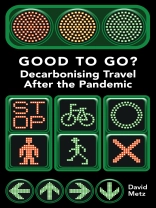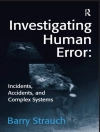Travel is central to our lives. The transport system brings us the goods and services that we need and allows us to access the experiences and opportunities that we seek. Yet our transport system has many problems: congestion and overcrowding, noise, air pollution and carbon emissions, deaths and injuries, and the intrusion of vehicles into unsuitable locations. Much effort and money has been devoted to tackling these problems, over many years, but progress is slow. Recognition of...
Travel is central to our lives. The transport system brings us the goods and services that we need and allows us to access the experiences and opportunities that we seek. Yet our transport system has many problems: congestion and overcrowding, noise, air pollution and carbon emissions, deaths and injuries, and the intrusion of vehicles into unsuitable locations. Much effort and money has been devoted to tackling these problems, over many years, but progress is slow. Recognition of the urgent need to respond to climate change is prompting major transport developments – particularly a switch to electric vehicles – and it is also argued that the amount of travel we undertake will need to be reduced. The coronavirus pandemic caused a great shock to our travel patterns, showing us that we could manage with much less movement if we had to. But as the pandemic recedes, our travel behaviour is largely reverting to what it was before, albeit with less commuting to work and less shopping in person. This book offers a comprehensive overview of the transport system. It looks at how it has developed, at how it will need to evolve to meet our need for travel – sustainably and economically – and at what our options are for meeting those needs.












